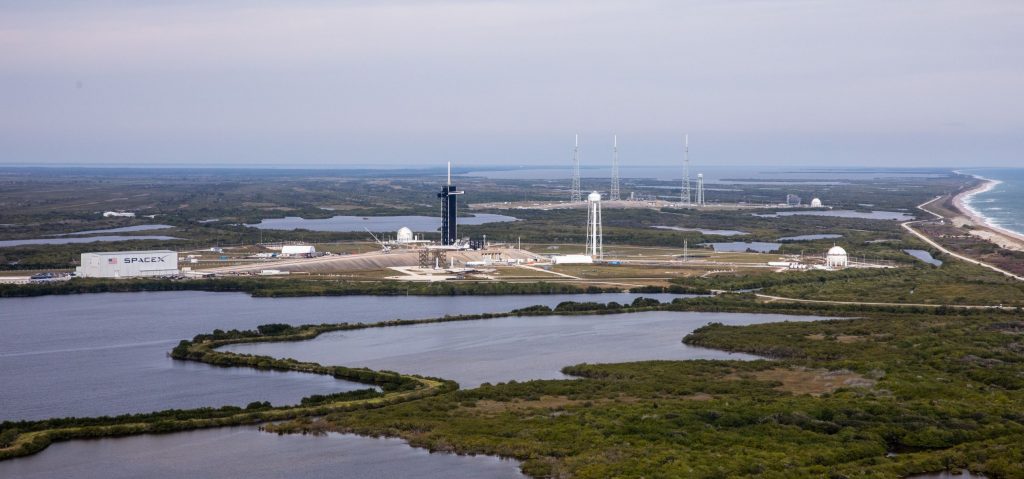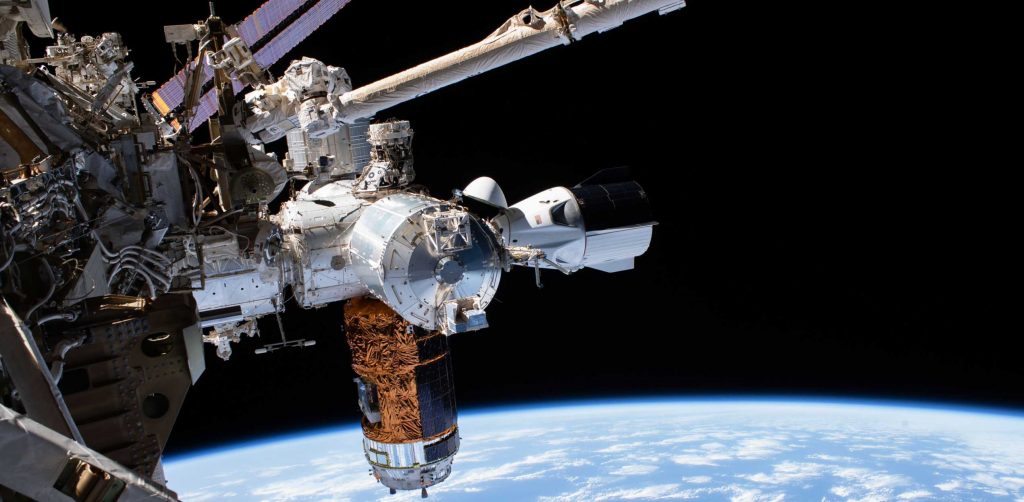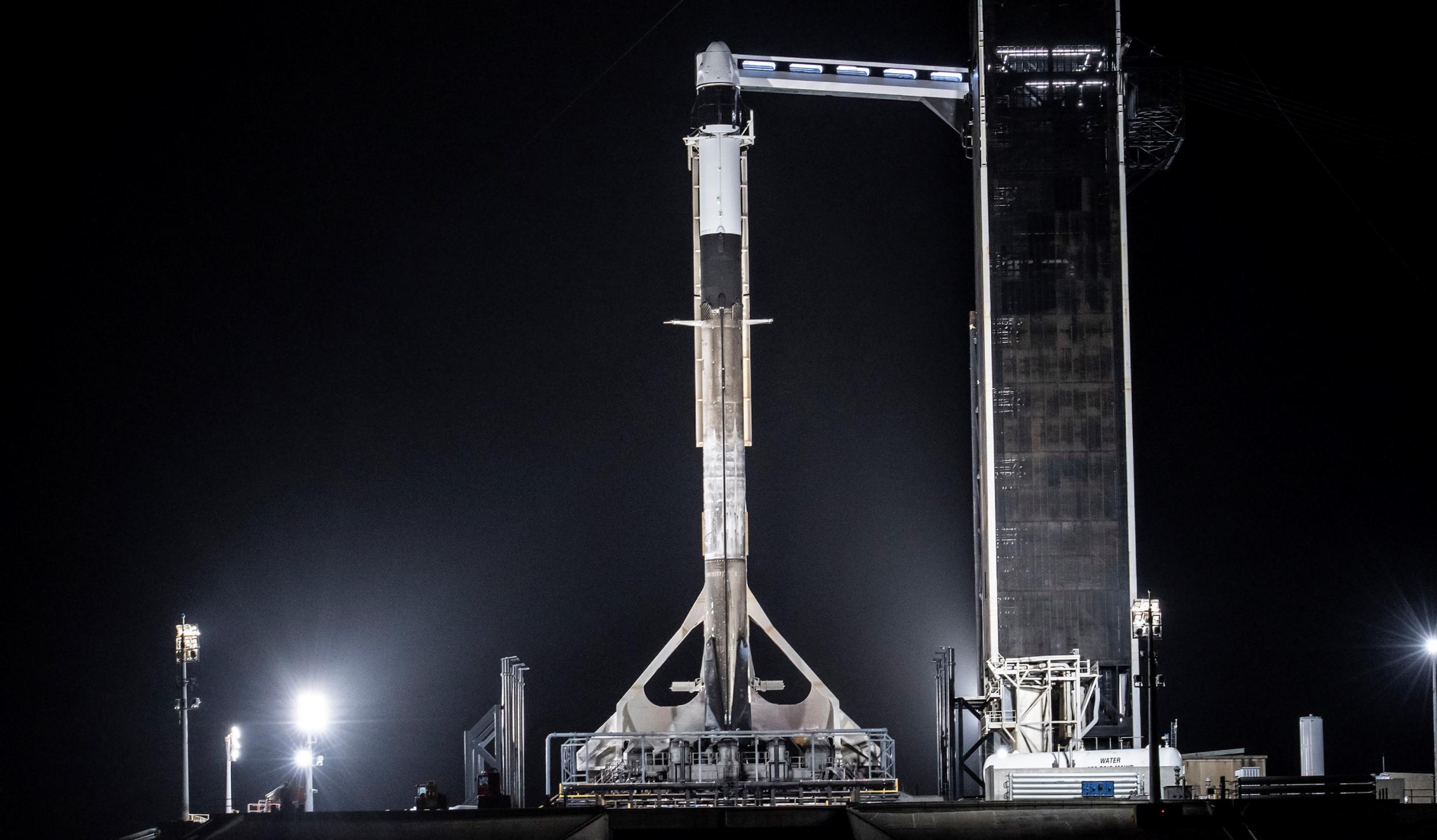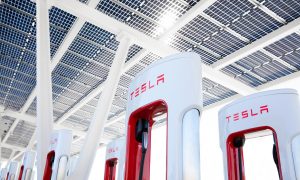Update: SpaceX has successfully fired up Falcon 9 booster B1062 and confirmed that Crew Dragon’s second private astronaut launch is on track to lift off at 11:17 am EDT (15:17 UTC) on Friday, April 8th. SpaceX’s live coverage will begin about three hours prior.
A flight-proven Falcon 9 rocket and Crew Dragon spacecraft have rolled out of SpaceX’s Kennedy Space Center (KSC) Pad 39A hangar and been raised vertical ahead of the company’s second private astronaut launch.
Known as Axiom-1 or Ax-1, the mission – managed by third-party provider Axiom Space – aims to be the first fully private crewed launch to the International Space Station (ISS). That means that Ax-1 will launch a crew of private astronauts from a privately-operated launch site with a privately-owned rocket and spacecraft, all with zero direct government impetus or funding. Of course, the situation is a bit more complex just beneath the surface.
The focus of Axiom-1’s crew is three ultrawealthy customers:
- Larry Connor: Ax-1’s pilot and an entrepreneur who accrued his wealth through real estate
- Eytan Stibbe: a venture capitalist and former fighter pilot who could become the second Israeli astronaut ever
- Mark Pathy: CEO of Canadian investment and shipping companies
Each paying $55 million for the ten-day journey and eight-day stay at the International Space Station (ISS), Connor, Stibbe, and Pathy are bankrolling the mission. Crew Dragon’s fourth Ax-1 passenger, however, is Michael López-Alegría, a retired four-time NASA astronaut turned private (space) pilot who now works for Axiom Space.
Launch Complex 39A was originally built and operated by NASA from the 1960s to 2011 before it was leased to SpaceX in 2014. The development of the first versions of SpaceX’s Falcon 9 rocket and Dragon spacecraft were heavily funded by NASA in the late 2000s. After SpaceX won a competitive $3.1 billion contract alongside Boeing, which received $4.8 billion to achieve the same goals, NASA has almost exclusively funded Crew Dragon’s development and is (for now) its main customer. Finally, alongside Russia’s space agency, NASA has invested tens of billions of dollars to build, launch, assemble, crew and maintain the International Space Station for around three decades.


Calling Ax-1 “fully private” is thus more of a half-truth than the full reality. Nonetheless, the fact that SpaceX has significantly benefitted from NASA funding and resources – a vast majority of which it earned competitively – should not take away from SpaceX’s extraordinary merit and achievements. While NASA provided most of the resources, Falcon 9 and Crew Dragon are almost exclusively designed, built, and operated by SpaceX and SpaceX alone. SpaceX mainly provides services to NASA, which means that NASA is ultimately closer to a customer with refined taste and the final say than a second chef in the proverbial kitchen.
Axiom-1 demonstrates that well. Save for NASA benefitting from any data gathered from the mission and making relatively minor preparations for the private astronauts’ eight-day stay at the ISS, SpaceX will control and be responsible for almost every aspect of the launch.
Barring delays, Axiom-1 is scheduled to launch no earlier than (NET) 11:17 am EDT (15: 17 UTC) on Friday, April 8th. Prior to liftoff, the SpaceX and the Axiom crew must complete a “dry dress rehearsal” early on April 6th, replicating all the preparations needed for a launch up to the start of propellant loading. Later the same day, SpaceX intends to perform an integrated static fire test with Falcon 9 and Crew Dragon. If any issues arise during those tests, the launch date may be pushed back.
Crew Dragon is expected to finish docking with the ISS about 20 hours after liftoff, giving the Ax-1 crew a little over eight full days at the ISS before they’ll need to board Dragon and return to Earth. If the weather forecast for landing zones looks particularly bad or good leading up to undocking, SpaceX and NASA withhold the ability to expedite or delay the departure.











